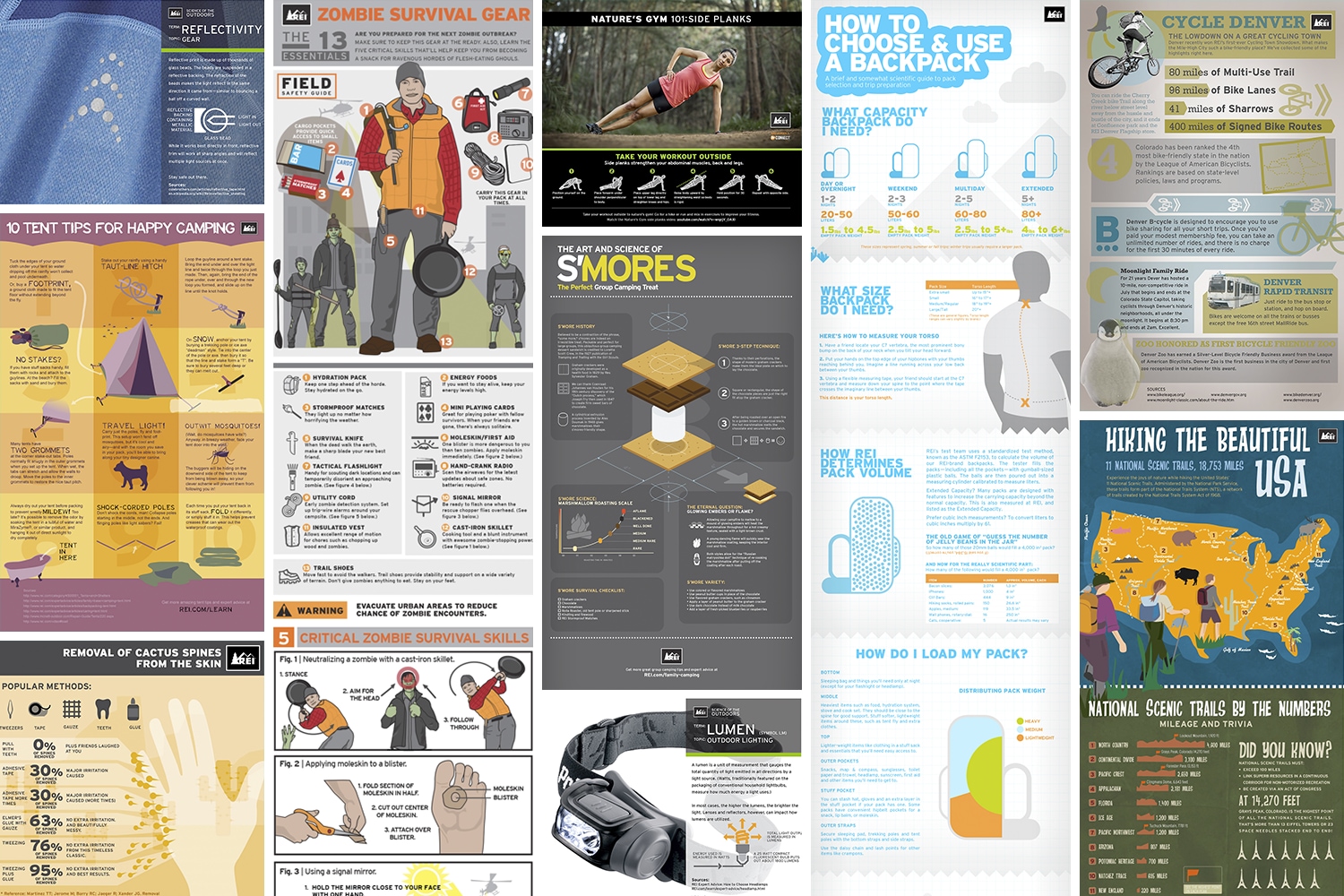European Regulations For Wall Tent Use In Campsites
The Best Knot Techniques For Camping Tent Individual LinesThe Hold Drawback is a basic and safe method to set camping tent man lines. It's also a terrific method for backing out a stubborn camping tent secure. It can also be used to create an adjustable tarp guy line where the modification is made at the tent/tarp end. It's useful in high winds as it doesn't slide.
1. Bowline
Bowline is a knot that makes a loophole at one end of a rope. It's easy to connect and unknot, and it resists obstructing rather well.
It's also a very good knot to make use of for joining two lines with each other, although it's generally advised that you use a various technique (such as a sheet bend or square knot) for this objective, to prevent having the two different bowlines wear against each other over time and deteriorate the line.
One possible trouble with bowlines is that they can conveniently jam or bind if the working end is improperly gone through the rabbit opening. A number of critical failings have actually been reported as a result of this, particularly when used in climbing applications. To aid avoid this from taking place, you can make a left-handed bowline by passing completion around the standing part of the loophole as opposed to via it, as displayed in the computer animation below. This variant reportedly carries out better and holds up against ring tension (a distending pressure applied either side of the knot) far better than the typical bowline.
2. Grip Drawback
Utilizing these clutching hitches to secure your person lines assists you avoid the issue of your line jamming while adjusting or tightening them. They are likewise helpful when connecting a line to an object that is harder to reach than your standing end, such as a tree or big support things.
The Grip Hitch is a rubbing knot that can be quickly moved up or down the line while slack however holds firm under lots. It is useful for tensioning ridgelines or man lines and for camping applications to secure tarpaulins or camping tents.
To connect the Grasp Drawback, pass the functioning end around the standing part twice and put it under itself. To tighten, pull on the working end to produce a bight and then utilize the bight to protect the knot to itself. For included safety, you can wrap the working end around the standing component 3 times to increase rubbing and avoid the drawback from slipping under load.
3. Midshipman's Hitch
Likewise referred to as the Taut Line Hitch (ABOK # 1856, p 310), Adjustable Drawback, or Rigger's Hitch this knot creates a flexible loophole at the end of a rope that can be glided backwards and forwards the standing end but still holds firmly when tightened up. It is additionally very easy to unknot while under lots.
Ashley advises this knot for a tent man line due to the fact that unlike the bowline it can be connected while under load and is less vulnerable to turning. It likewise creates an intermediate Awning Drawback that can take the first lots while linking the last Half Hitch
To use this knot wrap the functioning end around an item such as a post or cleat. Following pass it back towards the wall tent things via the initial Half Hitch producing a second Awning Hitch. Finally finish tying the last Fifty percent Drawback and draw hard to dress and tighten. For added protection cover a second Midshipman's Hitch on top of the first.
4. Flexible Hold Hitch.
The Adjustable Hold Hitch, additionally referred to as the Crawley Adjustable Drawback and the Adjustable Loophole Knot, is a rubbing hitch that can be quickly changed up or down a line with slack but holds firm under tons. It is typically used for adjusting outdoor tents ridge lines or tarpaulins around camp.
This slide-and-grip knot offers good grip and is much easier to tie than the Tautline Hitch or Midshipman's Drawback, however shouldn't be utilized for critical applications since it may slide when shock filled. It can be boosted by adding additional starting turns to raise the "grasp" and friction in slippery materials.
To connect this friction drawback, pass the functioning end around the item, then wrap it back alongside itself and tuck the end under the second turn. Draw the functioning end to tighten up the knot.
